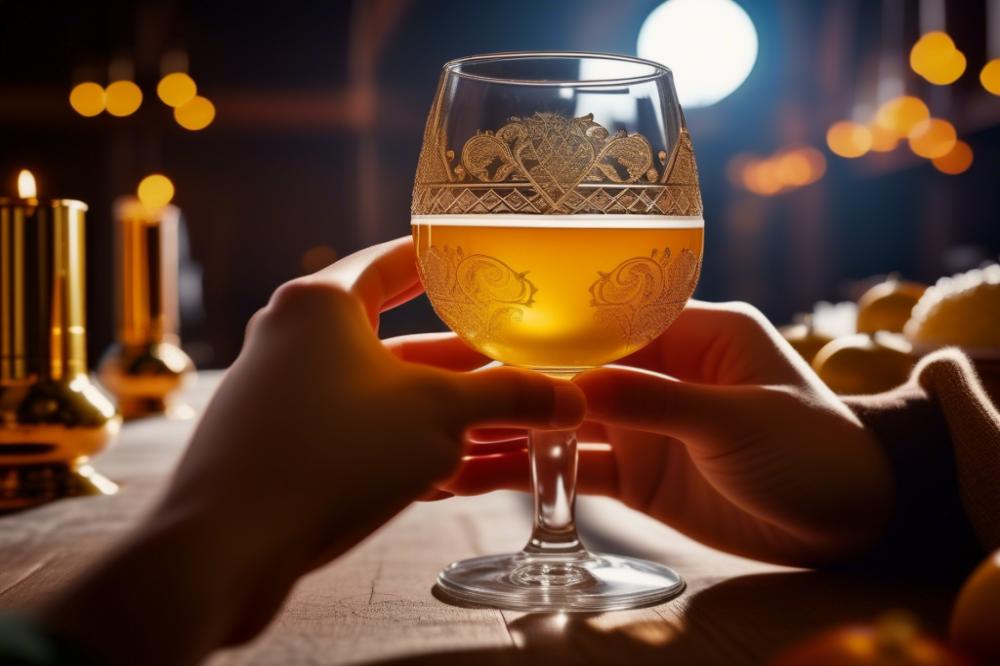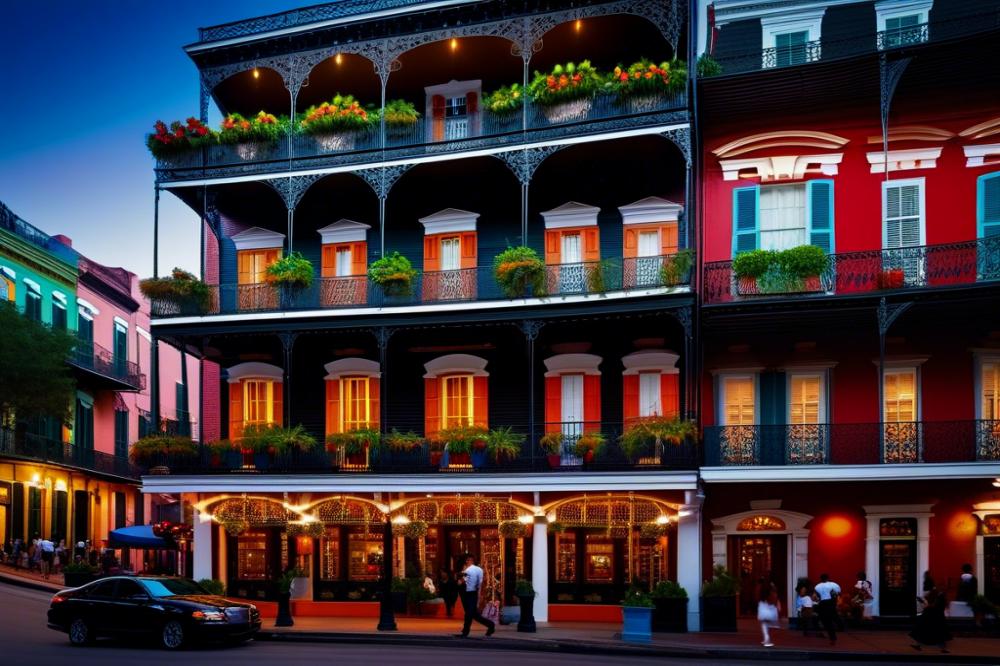Exploring the Wonders of Culinary Adventure Holidays in Poland
Culinary adventure holidays in Poland offer a chance to experience the rich tapestry of flavors and traditions that this beautiful country has to offer. Among the myriad of experiences, tasting traditional beverages stands out as a memorable highlight. One particularly fascinating option is mead tasting, an age-old ritual that immerses visitors in the essence of Polish culture. Unique in its character, Polish Mead represents much more than a drink; it is a connection to the past and a reflection of local traditions.
The significance of mead goes back centuries, intertwining with Poland’s medieval history. This honey wine was often enjoyed during feasts and celebrations, making it a staple at gatherings that brought communities together. Mead is a product of fermentation, a natural process that transforms honey into a delightful beverage. This ancient craft has been preserved in Historic Cellars across the country, allowing modern-day adventurers to sip on flavors rich with stories.
As you stroll through Poland’s charming locales, the prospect of cellar tours becomes incredibly enticing. Visitors can sample various craft beverages, each with its own unique taste and history. Through these tastings, you not only savor the delightful flavors of mead but also gain insight into how it reflects the spirit of the Polish people, their traditions, and their way of life. Every sip is a glimpse into the efforts of local brewers, who pour care into every bottle.
In this land, mead isn’t just a beverage; it is a celebration of culture. Joining a mead tasting experience helps to deepen your appreciation of Poland’s unique heritage. The journey through Historic Cellars allows tourists to connect more than just with the drink itself—it’s an opportunity to immerse in a world shaped by centuries of tradition and craft. Embarking on this adventure is a chance to uncover the hidden gems of Polish culture, one glass of mead at a time.
Polish Mead: A Traditional Beverage
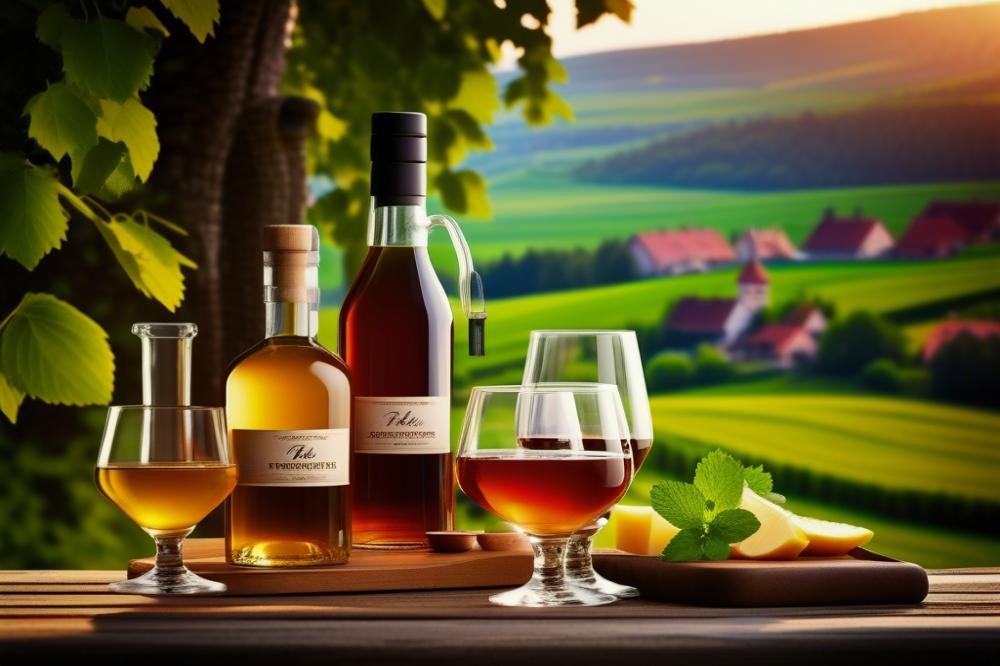
Mead has deep roots in Polish culture, dating back to medieval history. It is crafted by fermenting honey with water, sometimes adding fruits and herbs. This ancient beverage is a symbol of local traditions and brings people together. The production methods have been passed down through generations, creating a robust connection to the past.
Fermentation is the magic behind this honey wine. Yeast transforms sugars from the honey into alcohol, while introducing distinct flavors. This process sets Polish mead apart from other craft beverages. Unlike typical wines or spirits, mead showcases the natural sweetness of honey, making it a delightful experience for anyone who enjoys tasting.
Regional Varieties and Flavors
Across Poland, diverse regional varieties add to the complexity of mead. Each area boasts its own specialties, reflecting local ingredients and traditions. For example, mead from Mazuria often features berry infusions, enhancing its flavor profile. In the Sudetes, you might taste mead infused with herbs, showcasing the rich plant life of the mountains.
Cellar tours offer a glimpse into this fascinating world. Visitors can savor different types of mead, each telling its own story. With every sip, you experience the craftsmanship and dedication of local producers. Engaging in mead tasting opens the door to understanding the cultural significance of this beverage.
Overall, Polish mead is much more than just a drink. It embodies the spirit of traditions that have endured over centuries. From the sweetness of the honey to the unique fermentation process, every element contributes to a wonderful tasting experience. Exploring this facet of Poland not only delights the palate but also enriches the understanding of its vibrant culture.
The Art of Mead Tasting
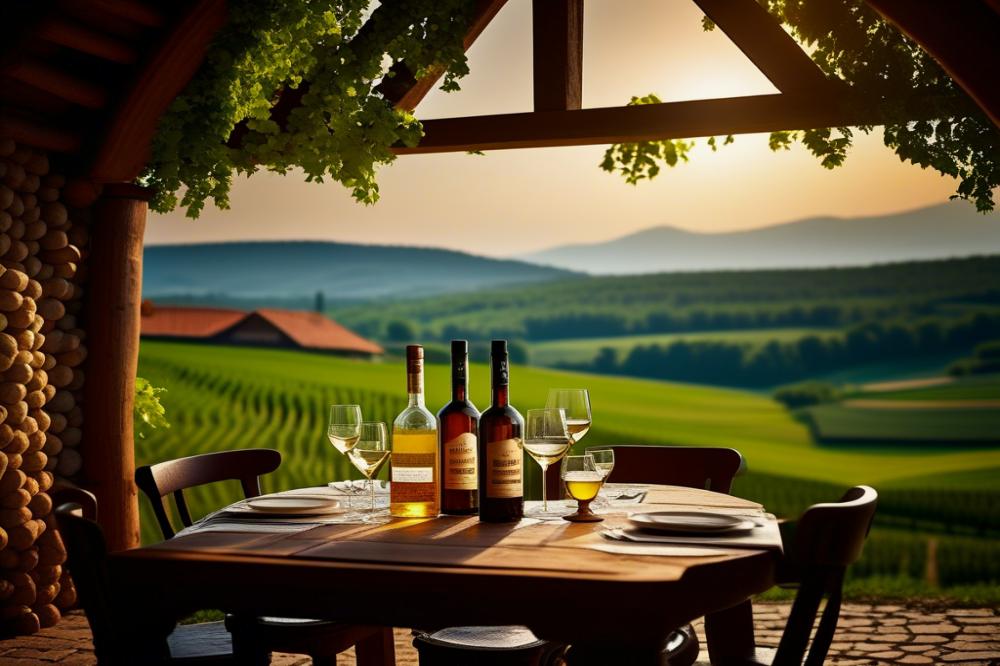
Experiencing mead tasting in historic cellars is akin to stepping back into Poland’s medieval history. The atmosphere is rich with the scent of aged wood and the gentle hum of fermentation. These ancient spaces hold the secrets of local traditions and craft beverages that have been cherished for generations.
When tasting mead, engage your senses fully. Begin with aroma. Swirl the honey wine gently in your glass. Take a moment to inhale deeply. Robust scents may evoke floral notes or hints of spices. Captivating aromas contribute to the overall experience.
The flavor is what truly delights the palate. Take a small sip and let it linger. Notice the balance of sweetness and acidity. Some varieties may surprise you with herbal or fruity undertones. Each mead tells a story of its ingredients and the craftsmanship behind it.
Texture is another vital element. As you taste, pay attention to how the mead feels in your mouth. It may be smooth or slightly effervescent. A good texture enhances the enjoyment and richness of the sip.
Before diving into a new flavor, palate cleansing is crucial. A simple sip of water or a small piece of bread can reset your taste buds. This practice enables you to fully appreciate each mead’s unique characteristics without overlap from previous tastes.
Food pairings elevate the tasting experience. Consider lightly flavored cheeses or nuts that complement the sweetness of honey wine. Charcuterie or spicy dishes can also create delightful contrasts. Sharing these culinary experiences connects you to Polish culture more deeply.
During cellar tours, ask questions about the fermentation process and the history of the mead. Understanding the background adds depth to your tasting experience. Enjoying mead is more than just sipping; it’s about discovering the rich tapestry of Poland’s traditional beverages.
Exploring Historic Cellars
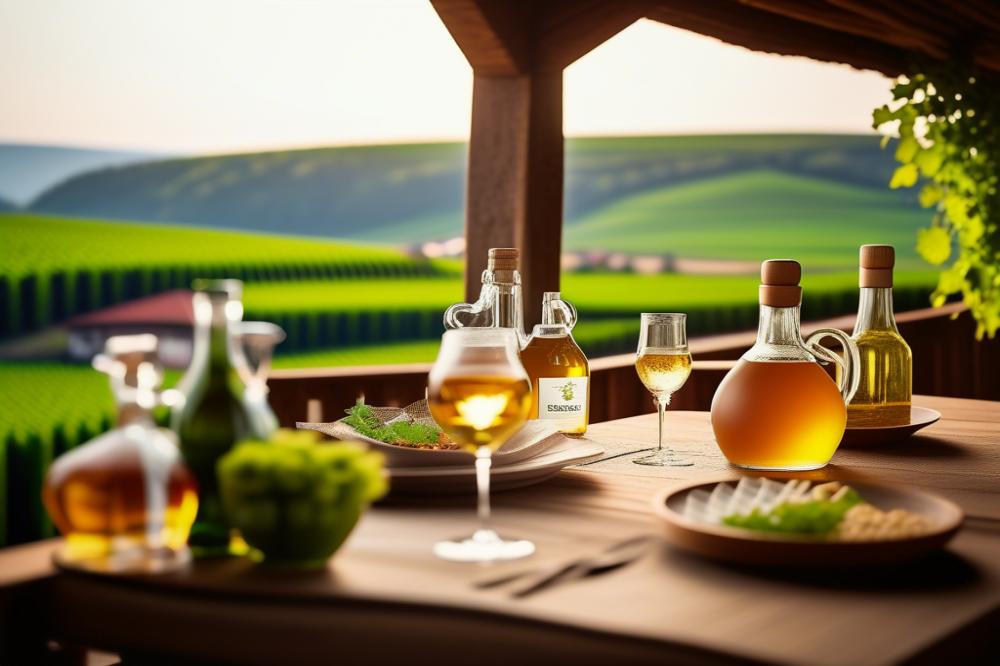
Poland is home to some remarkable historic cellars that offer delightful mead tasting experiences. These cellars are not just places to sample traditional beverages; they are gateways into the country’s rich culture and medieval history. One must visit the ancient cellars found in the heart of cities like Kraków and Gdańsk.
Tours in these locations often include guided walks through the dimly lit passages that date back centuries. Expect to marvel at impressive stone walls, arched ceilings, and intricate wooden accents that tell stories of past craftsmen. The ambiance is often enhanced by the soft glow of candlelight and the faint scent of aging barrels.
Visitors can anticipate a warm welcome from knowledgeable hosts. These guides typically share tales about the fermentation process and the history of honey wine in Poland. Some offer tastings of different varieties, showcasing local traditions that have been passed down through generations. Each sip connects drinkers to the heritage of Polish craft beverages.
The connection between these cellars and Polish culture is profound. Ancient recipes for mead date back to the Middle Ages, linking the present to a time when gatherings often included this spirited drink. Celebrating with mead has become a cherished part of local traditions.
Exploring these historic sites provides more than just a tasting; it’s an immersion into Poland’s identity. Rich flavors and stories create a memorable experience. Engaging with the history and craftsmanship is both enlightening and enjoyable. Cellar tours reveal the artistry involved in producing mead and the significance it holds in Polish life. Every visit to these cellars is a step into a vibrant past that continues to thrive today.
The Role of Mead in Polish Culture
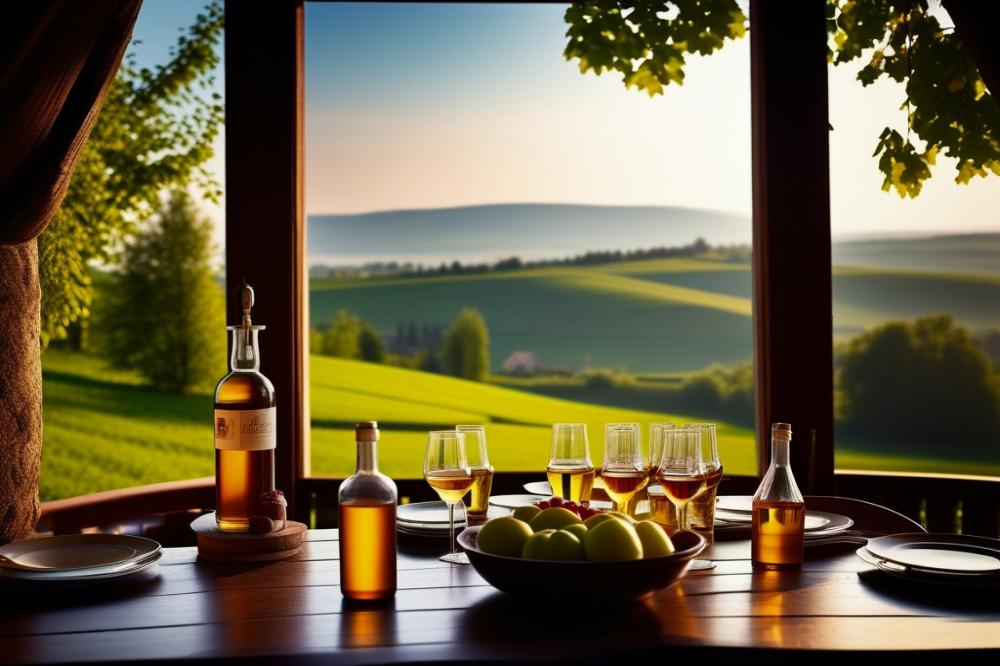
Mead holds a special place in Polish traditions and celebrations. This honey wine has roots that stretch deep into the medieval history of Poland. For centuries, families have passed down recipes and techniques for brewing this traditional beverage. Deeply embedded in local traditions, mead is more than just a drink; it symbolizes warmth and hospitality.
Celebrations often feature mead tasting events that bring people together. Festivals dedicated to craft beverages showcase the artistry of local brewers. Each glass tells a story of generations, bringing the past to life in contemporary society. These events not only celebrate mead but also highlight the culture and creativity of Polish artisans.
In many regions, mead is a staple during weddings and harvest festivals. The unique flavors reflect the rich biodiversity of Poland’s land. Fermentation processes vary, giving each batch its special character. Many consider the flavor profiles not just a beverage but a representation of their heritage.
Cellar tours allow visitors to experience the history behind mead production firsthand. Exploring ancient cellars, guests can immerse themselves in the techniques that have been preserved through time. It’s a journey that combines taste with education, showing how mead remains relevant today.
Whether enjoyed during a festive gathering or a quiet evening at home, Polish mead continues to be cherished. It embodies the spirit of community and tradition. Each sip connects drinkers to their history, making it a vital part of Polish culture. Festivals celebrating this ancient craft can be found across the country, drawing enthusiasts eager to experience its rich legacy.
Planning Your Mead Tasting Adventure
Exploring traditional beverages in Poland can be an exciting journey. Follow these practical tips to embark on your unique mead tasting adventure. First, consider visiting historic cellars known for their rich history and craft beverages. Regions like Lower Silesia and Podlasie have cellars that celebrate local traditions and offer fascinating tours.
Schedule your visits wisely. Late spring to early fall is a fantastic time for a mead tasting, as many establishments have special events. You’ll experience vibrant local festivals showcasing not only mead but also various Polish delicacies. Weekdays might be less crowded, offering a more intimate experience, especially for families or small groups.
When you plan your trip, don’t forget to incorporate mead tasting into a broader culinary adventure holiday. Polish culture is incredibly diverse. Pair your visits with food excursions that highlight classic dishes, utilizing Poland’s rich agricultural heritage. Food markets and local restaurants often serve up unique pairings with honey wine.
If you enjoy learning, consider booking cellar tours that dive into the fermentation process of mead. Guides often share insights into medieval history, shedding light on how this beverage has evolved. Ask questions during your visit, as knowledgeable staff can provide a deeper understanding of local inspirations behind each drink.
Finally, remember to take notes on your favorite varieties. With so many options available, it can be helpful to document different flavors and styles you encounter. This way, you can revisit those tastes long after your adventure ends. Enjoy your journey through Poland’s mead-making landscape and all the delightful moments it brings!
Final Thoughts on a Culinary Adventure
Tasting traditional Polish mead in historic cellars offers a profound glimpse into the rich tapestry of Poland’s culinary heritage. Each sip connects you to the past, unfolding stories of craftsmanship and culture. The ambiance of ancient cellars adds depth to the experience, allowing you to immerse yourself fully in the tradition.
Visitors often describe mead tasting as a journey through time. The carefully crafted flavors reflect the dedication of generations. Enjoying these traditional beverages is not just about the taste; it’s about appreciating the effort that goes into each bottle. You find yourself savoring not only the delightful sweetness but also the craftsmanship of the mead makers.
Each cellar tells its own story, with walls that have stood witness to centuries. In these spaces, the air is filled with history, and the mead reflects that legacy. Engaging with passionate local producers enriches the adventure. Listening to their tales enhances your understanding of how a simple drink encapsulates a nation’s history.
Consider embarking on this unique adventure during your visit to Poland. By doing so, you will uncover more than just flavors; you’ll discover the essence of a culture. Exploring the art of mead making truly deepens your appreciation for this traditional craft. So, take a step into those enchanting cellars. Embrace the opportunity to sip and savor, becoming part of a rich tradition that awaits you in every glass.

